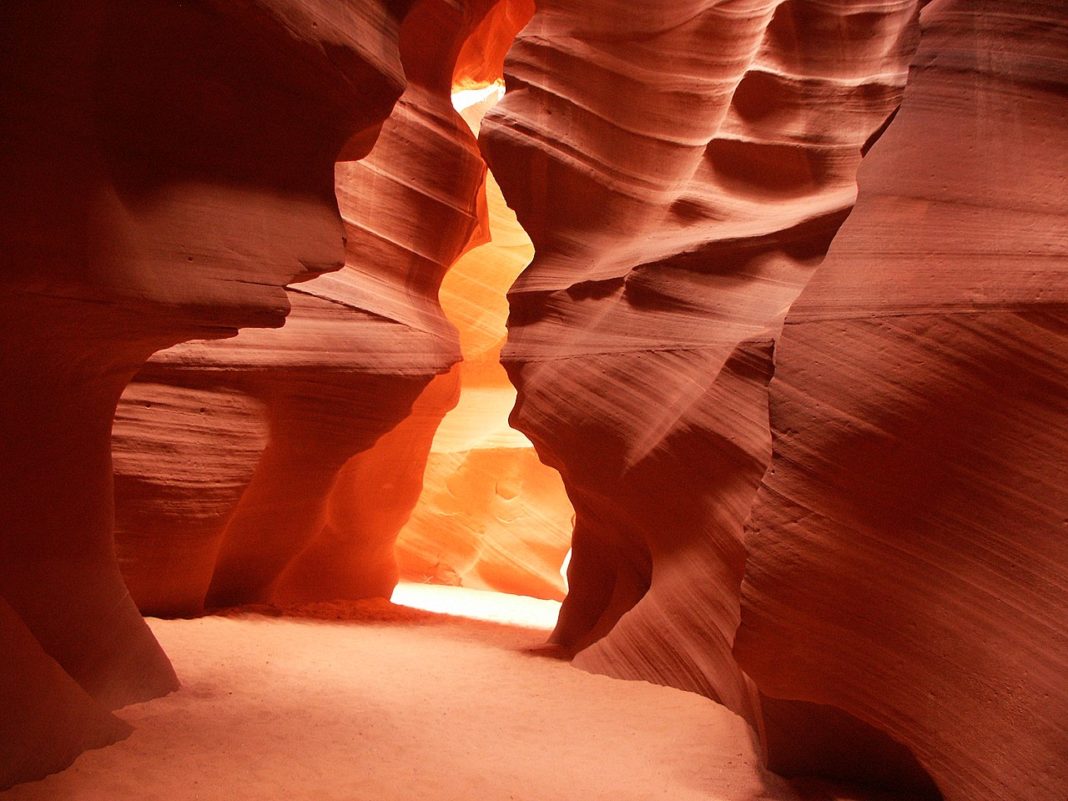Antelope Canyon is a slot canyon in the American Southwest, on Navajo land east of Lechee, Arizona.
Antelope Canyon was formed by the erosion of Navajo Sandstone due to flash flooding and other sub-aerial processes. Rainwater, especially during monsoon season, runs into the extensive basin above the slot canyon sections, picking up speed and sand as it rushes into the narrow passageways. Over time the passageways eroded away, deepening the corridors and smoothing hard edges to form characteristic “flowing” shapes.
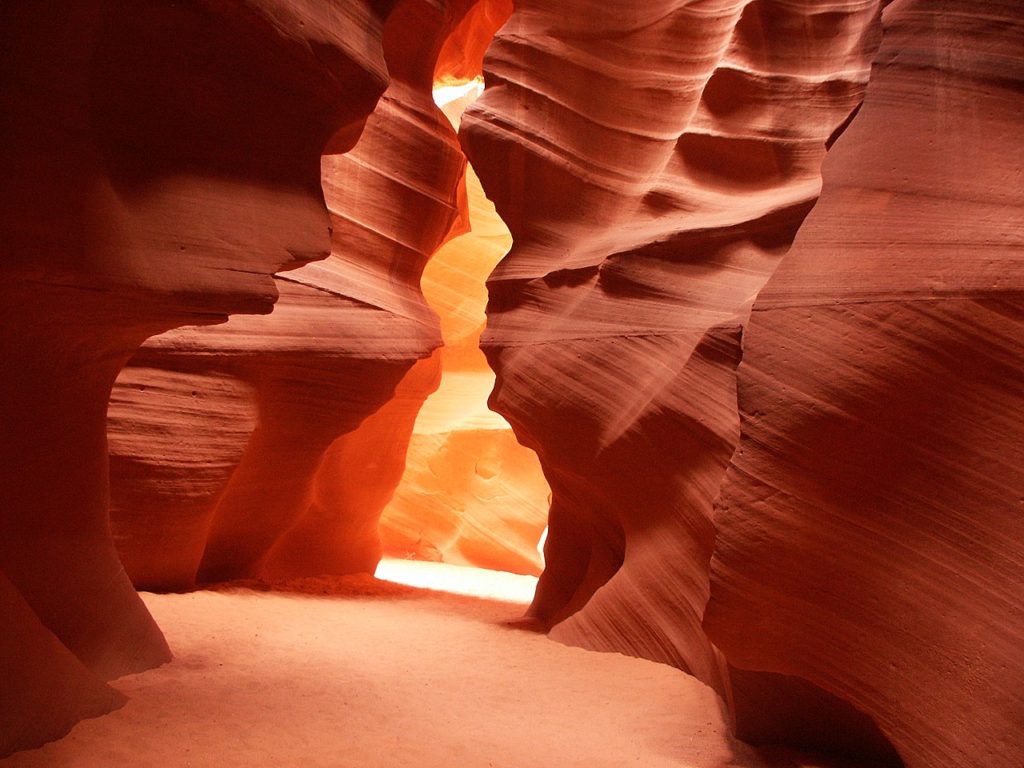
Antelope Canyon is formed from the beautiful wavy lines that mother nature sculpted over a period of 5 million years. Stepping inside the canyon, visitors seem to enjoy a party with a harmonious combination of light and color and enchanting spiral walkways.
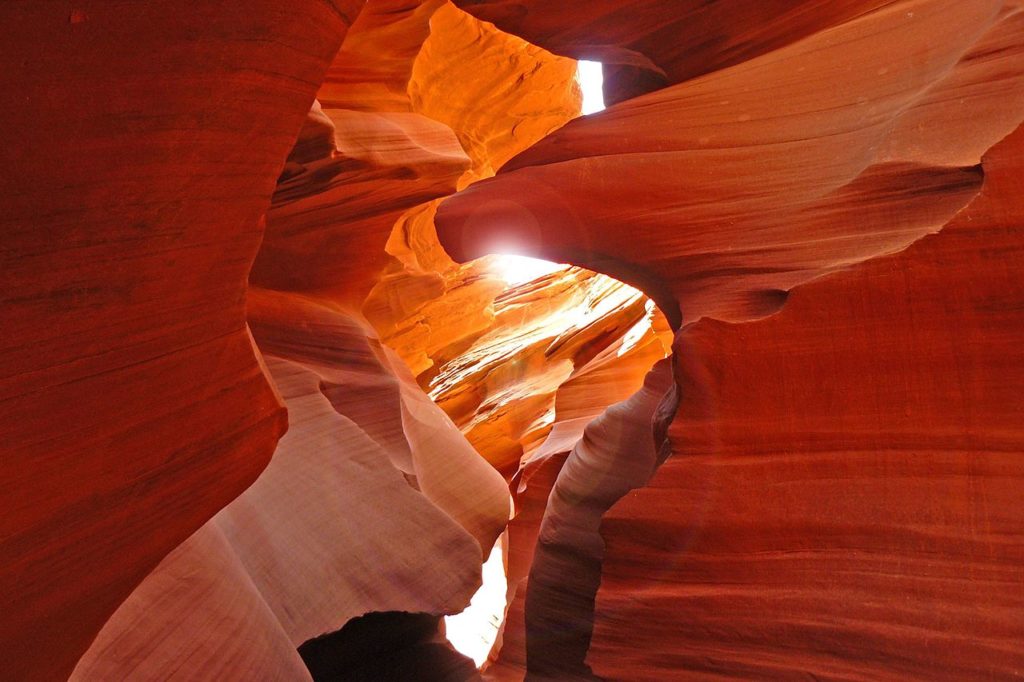
With a fairly deep and narrow canyon, Antelope Canyon is made up of 2 cliffs with magical curving shapes, including many different geological layers, mainly sandstone, and limestone. Especially, when the sun shines brightly through the ravines, Antelope canyon really shows its beautiful beauty.
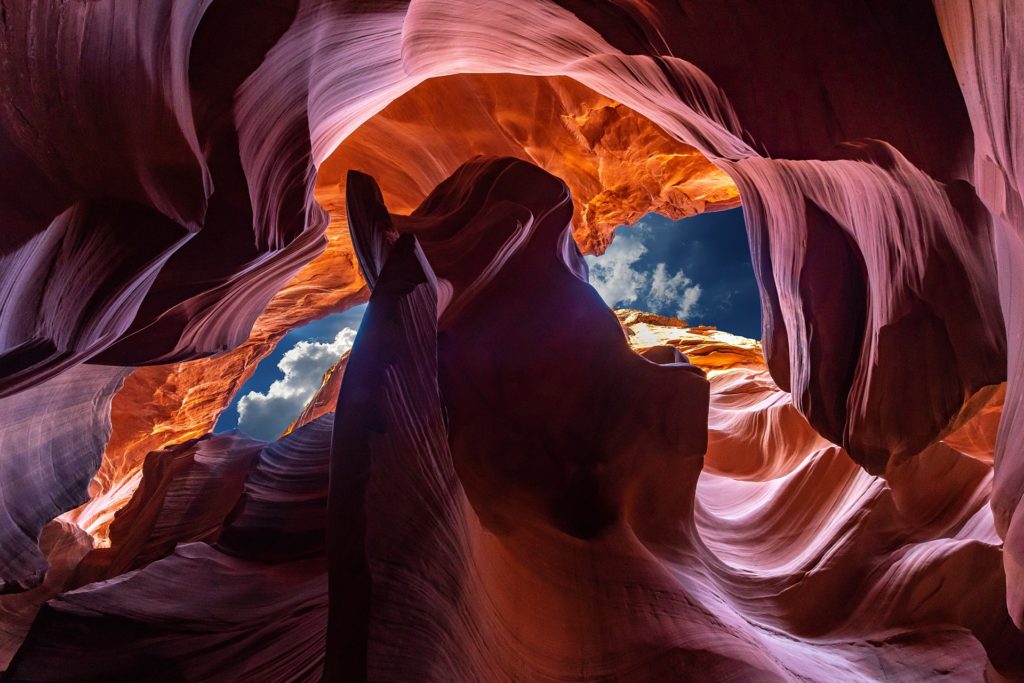
Most of the photos you see of Antelope Canyon on Instagram are of the upper canyon. The feature is that the light pouring into the canyon is best seen around midday. And because of this awe-inspiring sight, the canyon above becomes a more popular attraction.
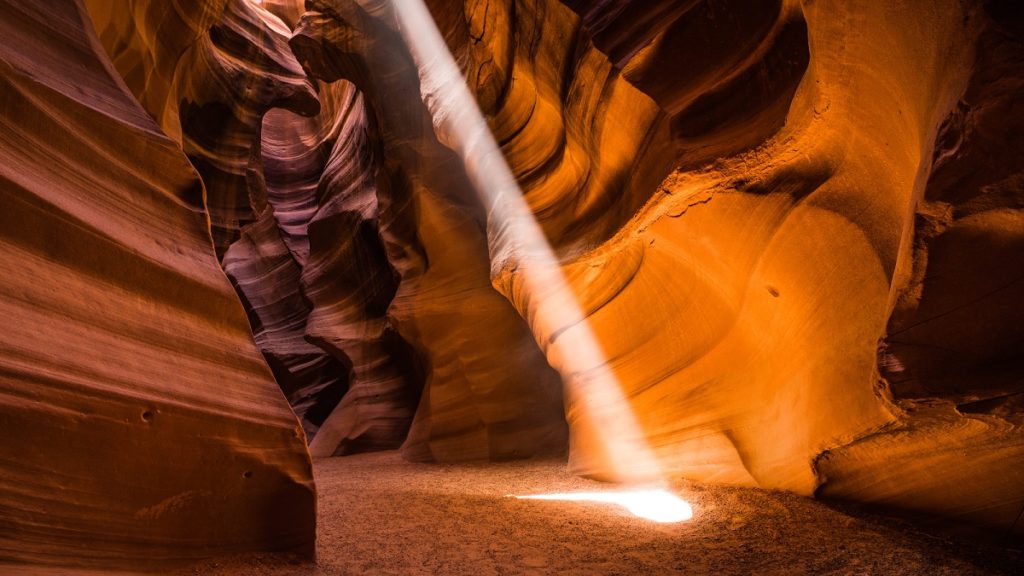
The road to this alley is not accessible to everyone because this is the Navajo Reservation autonomous area of the Navajo Indians. If you want to enjoy the scenic Antelope Canyon, you have no choice but to buy a tour through the local travel agencies (of the Indians) here.
According to the Internet





